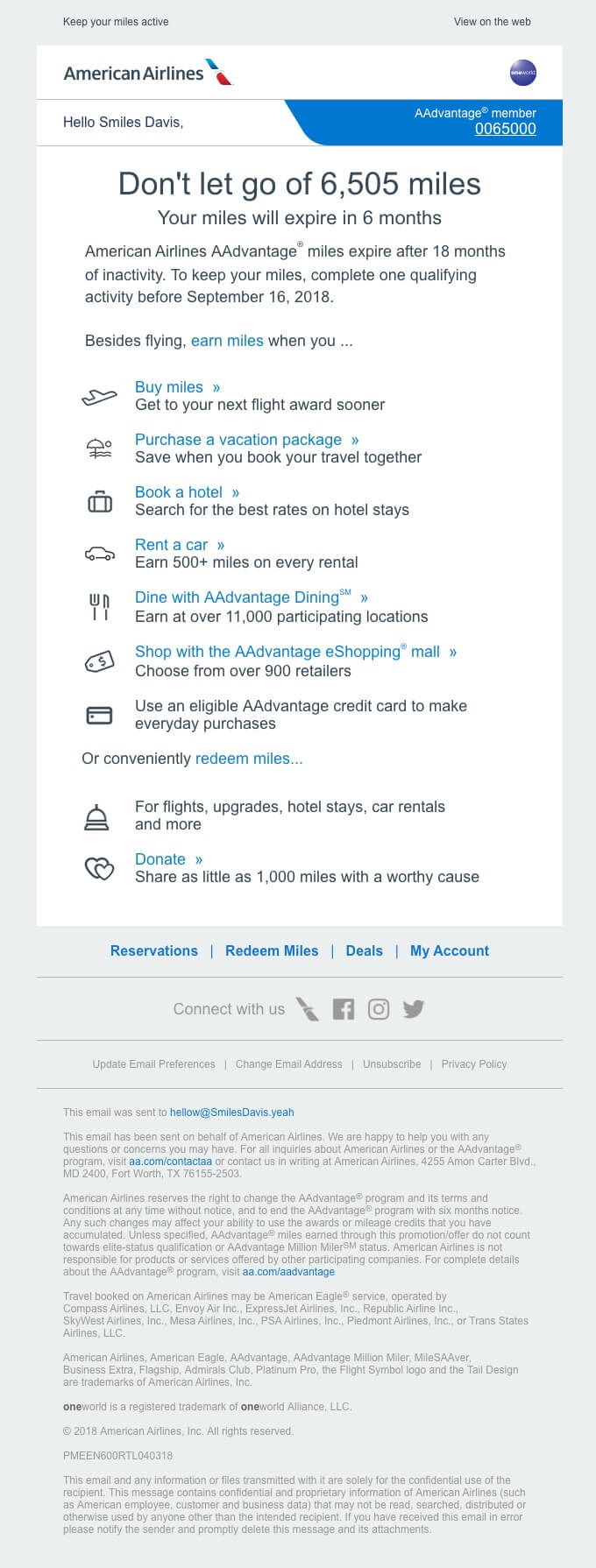As a marketer, you probably find yourself juggling many tasks and wearing multiple hats. Some days, you’re a project manager, while other days you’re a business analyst.
But most of all, marketers have to be creative, finding time to balance their responsibilities. Email automation is one way to build simplicity into your regular tasks, and once a triggered email campaign is up and running, it will work on its own to ensure your clients are receiving the marketing materials that apply to them.
Automated & triggered emails—is there a difference?
Automated and triggered emails are often used interchangeably, leaving some beginner marketers wondering if there’s a difference between the two terms. The truth is, automated and triggered emails are often the same.
As opposed to one-off campaigns such as email newsletters, triggered email campaigns are set up once, then automatically go out to individuals when they meet a certain trigger. This automatic process is where the term email automation comes into play.
Just take a look at the different segments of this Sephora email, which are sent based on different sets of data. One is automatically sent to VIP members.

Triggers can come in any form, and some common ones include:
- Welcome emails for new newsletter sign-ups
- VIP sign up
- Reengagement for inactive members
- Onboarding/Account creations
Triggers can also be defined by user information such as their birthday, geographical location, and even their gender.
Why triggered emails help save marketers valuable time & resources
When asked, 59% of people state that their top reason for unsubscribing from an email list is a lack of relevant or interesting content coming into their inbox. According to Statista, there were around 269 billion emails sent out and received each day in 2017. That number is on the rise and expected to reach nearly 320 billion daily emails by 2021.
Source: Statista
With these numbers growing rapidly, it’s no wonder consumers are getting tired of receiving irrelevant content sent to their inbox every day. Triggered emails are one way to combat the issue of sending irrelevant email as user data defines most triggers. This helps you send both relevant information and personalized content.
Think about it, taking the time to personalize content and send it off to each subscriber on your email list would take hours, if not days or weeks. It’s time you simply do not have, which is where email automation comes into play.
Automating your triggered emails will not only help save you time but precious resources as well. Once the process is set up, and the triggers are defined, the automation process will take care of the rest for you.
While setting up an automated email campaign can be a one and done process, it’s important to remember that you must still take the time to reevaluate your campaign to ensure it’s performing as you want it to.
Setting up a triggered email campaign
Setting up a triggered email campaign can range in difficulty, and it all depends on how many emails you’re planning to include in the campaign and what triggers you plan to include in it. When creating a triggered email campaign with Campaign Monitor, you’ll begin by creating an automated journey.
Source: Campaign Monitor
Once you’ve started building your automation journey, you’ll select a trigger type. This will require you to choose between options such as:
- Subscriber joins a list
- Segment-based triggers
- Date-based triggers
Once you’ve defined the trigger, you’ll begin adding steps to build and personalize the journey, which will then look something like this.

Automated journeys to get you started
Automated triggered emails come in many forms, so knowing where to start can be difficult. That’s why we’ve curated a short list of automated journeys and which triggers they include.
Welcome email
A welcome email can be automated with a new subscriber trigger. These triggers are set off when a new member opts into your email newsletter list or some other subscriber-related list. In this example, a new member has opted to receive weekly emails from BBC Online.
Not only does this email confirm the member’s subscription, but it also goes into detail as to what the new subscriber can expect from them and each newsletter.
Source: Really Good Emails
Reactivation/retention
Customer retention and reactivations play a vital part when trying to keep subscribers active and engaging with your brand. These emails can be set up and triggered based on specific segment information or date-related information.
In this example, American Airlines wanted to remind this user that they have unused air miles and what exactly they can be used for before they expire.
Source: Really Good Email
Anniversaries and birthdays
A great way to get personal with your email subscribers is by sending special anniversary and birthday emails. These automated campaigns are typically triggered by specific date pertaining to the user’s join date or birthday.
This example from BarkBox is excellent because it’s getting genuinely personal by addressing the true user of the product: the dog.
Source: Really Good Emails
Renewal notices
Product renewals are an excellent example of emails that can be automated. It’s nearly impossible to keep track of each of your customer’s product renewals manually, and let’s face it: Consumers can easily forget their due dates. So, sending an automated renewal notice based on a date-defined trigger is a great way to remind users when their products are due to expire.
The following example from GoDaddy does a great job of not only reminding the reader of their renewal period but also reminds them what can happen should they allow their renewal to lapse. GoDaddy goes one step further by offering up an additional loyalty perk of 20% off any new product above a certain price.

Onboarding and account creation emails
Finally, onboarding and account creation emails are both great emails that can be easily automated based on segment-based triggers. These emails can do any number of things, including walk new members through their account creation process to choosing their personal email preferences to ensure that they receive emails that are truly personalized and relevant to their wants.
The following example from HelloFresh breaks down the processes of choosing your meals in a quick and easy email, encouraging users to get started by giving them a $20 off deal for their first three deliveries.

Wrap up
Triggered emails are designed for customers, ensuring they receive information that is truly personalized to their wants and needs. But triggered emails do something else, too. They simplify your marketing team’s daily workload.
Once you’ve defined your triggers based on either news subscribers, specific date-related information, or segment-based information, your team can then move forward with setting up and testing various automated campaigns such as:
- Welcome email campaigns
- Customer retention/reactivation campaigns
- VIP appreciation campaigns
- Onboarding campaigns
- Birthday campaigns
- Holiday campaigns
While automation is often considered a one and done project, it’s vital to remember that once you’ve set up your automated campaigns, you must reevaluate them regularly. If your team doesn’t take the time to reevaluate each campaign for its overall effectiveness, then what good will it do for you?
Need a refresher on how to measure the overall effectiveness of your triggered email marketing? Then take a few minutes to read our short guide on how to do just that. And don’t forget to check out our handy guide on how to customize customer journeys and use triggers.










